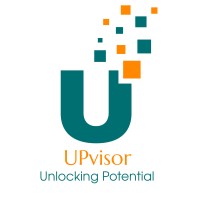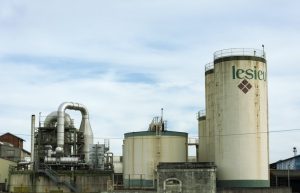Leveraging Your Business Assets
Introduction
To start off our blog series about profitability and productivity, we look at leveraging our financial and physical assets to increase profitability.
Every business owner values their investments. As small- to medium-sized businesses, we can gain the biggest return by managing your assets well.
So, we will work through five key questions to help you evaluate the profitability of your business assets.
Return on Assets (ROA)
Before we jump into the five questions, we need to know how to measure the productivity of our assets.
There are a number of variations of this measure, but the most common one, is Return on Total Assets.
Calculate the ROA as follows:
- Determine your net profit (Sales – expenses – interest – tax)
- Divide net profit by the value of your total assets
- Multiply by 100
Net profit
Total assets
= % ROA
2,000
10,000
= 20% ROA
5 questions to identify ways to leverage your assets
1. Which assets are idle?
The thought of idleness doesn’t bode well for businesses. Usually this means your earnings could be better spent elsewhere. But don’t shy away from the reality that some of your assets could in fact be idle.
Here are ways to identify these assets:
- Talk to your team, especially employees on the floor to identify which items are going unused or are in disrepair.
- Decide which assets would be better to sell off now and boost your cash flow. Remember, idle assets cost money, time and space, so don’t avoid this task.
- Use this process to identify your most unprofitable areas. And then, make some decisions about changing things up.
- Finally, this process also justifies the assets you choose to keep. In other words, you’ll have a fresh understanding of your most hard-working assets!
2. Which assets are excessive?
To increase your ROA, you need to aim to reduce your asset base. One way of doing this is to shrink it to the smallest amount possible while keeping your customers’ needs in focus.
For example, do your current customer needs’ match with the quantities of stock? Find out by:
- Reaching out to your current market to quantify what the smallest amount of stock equates to.
- Sending out annual surveys as another way of tracking customer satisfaction based on how quickly their orders are filled.
Also, keeping good records of your assets help to test profitability. By regularly tracking your assets, you will see where (and by how much), you can reduce your inventory levels.
Read more about tracking your assets here “7 Best Tips for Increasing Productivity via Asset Management”.
3. Do you review your asset lifecycles?
Unpacking and applying the concept of an asset lifecycle in your business can be quite critical. This is because keeping an asset for too long can become costly.
You can determine this for your assets too. Here’s how:
- Firstly, project the life-span of an asset. It could be 12 months or many years.
- Secondly, ensure productivity of the asset by maintaining it regularly. Consider how frequently the asset is used and the cost of each maintenance activity.
- Thirdly, consider at which stage it will become cheaper to replace the asset than maintaining it due to its age.
4. Do you check your bank statements?
Scrutinizing every bank statement is necessary to monitor expenses. Whether small or big, all payments require careful attention if you want to improve your business’ profitability.
You might find that:
- your bank costs are too high
- there are unusual or unnecessary subscriptions or debit orders being processed against your account
- incorrect payments are being made out of your account
But if you don’t look at your bank statement, you won’t notice these.

And, once you get a good idea of your true cash flow position, you might find that your loan repayments are becoming unmanageable. This is a good time to open communication channels with your financier. You may even consider requesting a rearrangement of your loan repayments.
Managing cash is key to ensuring good profitability. Which leads us to the next point…
5. How can you improve your cash balances?
If you can manage your working capital well, you can improve cash flow.
This means:
- Reducing debtor payment days
- Increasing creditor repayment days
- Decreasing your inventory levels as mentioned above
But then there are other ways too:
- Reduce debt levels to reduce interest costs
- Use rentals rather than loan financing to acquire an asset
- Change your financial structures to reduce financing costs
For more on cash flow management, refer to our Covid-19 blog post on this topic.
Conclusion
So, in conclusion, hopefully you’ve started to engage in leveraging your assets through engaging in these five questions. But we won’t leave you there – next comes the implementation! Book your consultation below…
Contact Your Financial Performance Consultant today
Sign up for a FREE 30 minute consultation where we talk through some of your biggest financial concerns.
Plus, if you sign up for one of our packages for a 3-month period, we’ll throw in a FREE financial statement analysis to the value of R6,000!* (*Ts & Cs apply)
Here’s to improving your profitability through leveraging your assets’ productivity!




